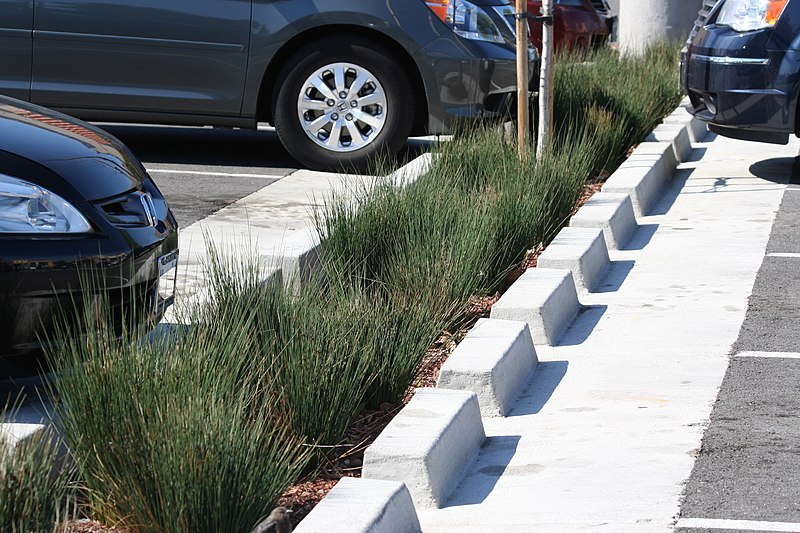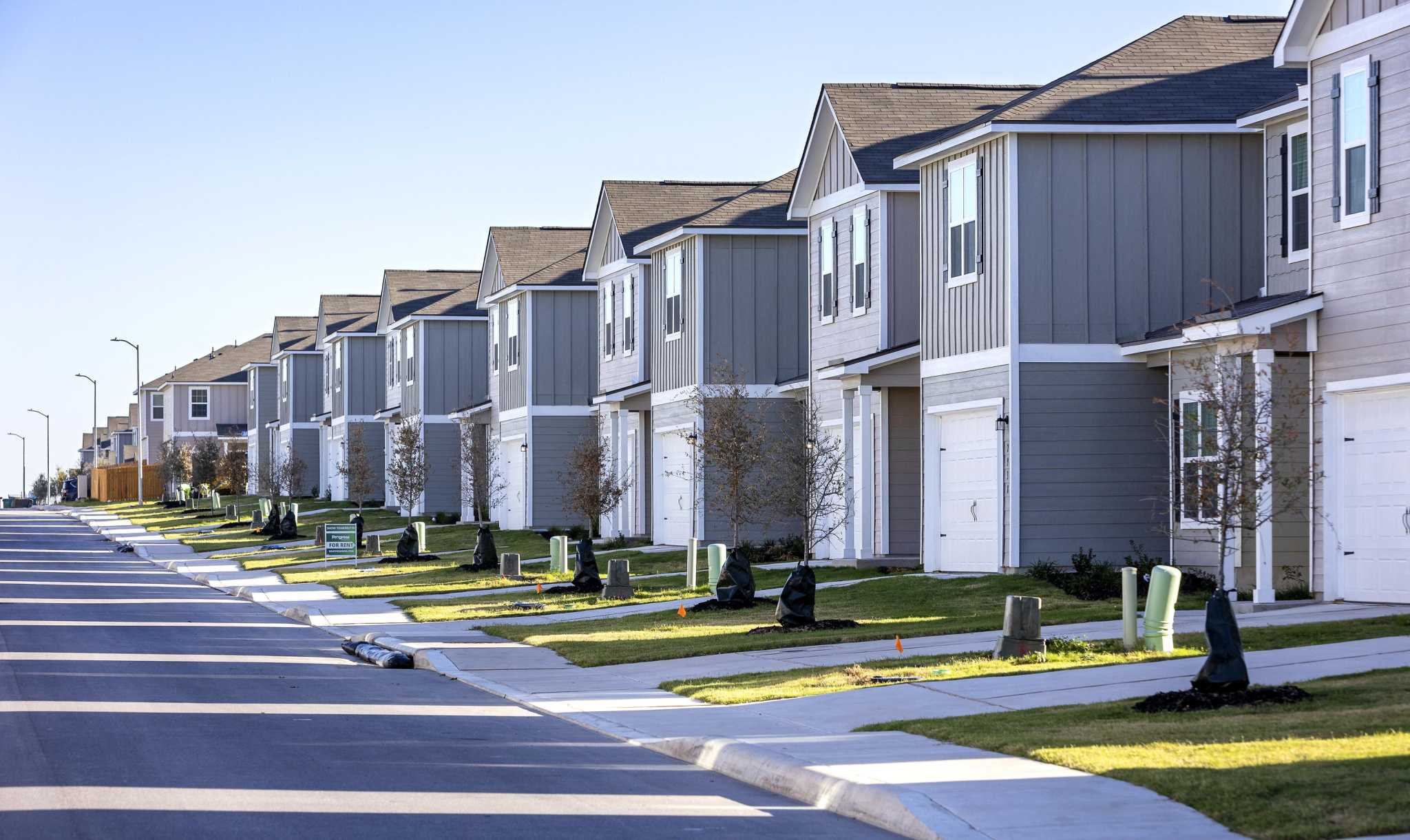What is our mission?
What are our values?
2 We employ a multidisciplinary approach to research.
3 We elevate teaching and learning in everything that we do.
4 We maximize the impact of community engagement and service.
What is our core expertise?

Community Design
Our Center helps communities confront the spatial challenges of urban growth–leveraging an inclusive, public decision-making process to shape inspiring, sustainable, and equitable environments. We design holistic solutions to complex urban issues by working across scales–from streets to cities–and across disciplines–from architecture to planning.

Environmental Resilience
Our Center leverages a data-informed, participatory process to help communities develop innovative solutions that foster environmental resilience. Our research helps create equitable, adaptive, and sustainable environments that can withstand the impacts of a changing climate and rapidly evolving environmental conditions.

Housing
Our Center works at the intersection of research, policy, and practice to help communities improve equitable access to high-quality and affordable housing. We leverage expertise in topics like neighborhood change, affordability, and urban design to help communities understand and address a wide range of housing challenges.

Transportation
Our Center helps communities connect jobs, families, and social networks while enhancing the efficiency and livability of transportation corridors. We believe that sustainable and well-functioning transportation systems must account for more than changes in population, land use, and technology–they must reflect a community's lived experience.
What is our impact?



